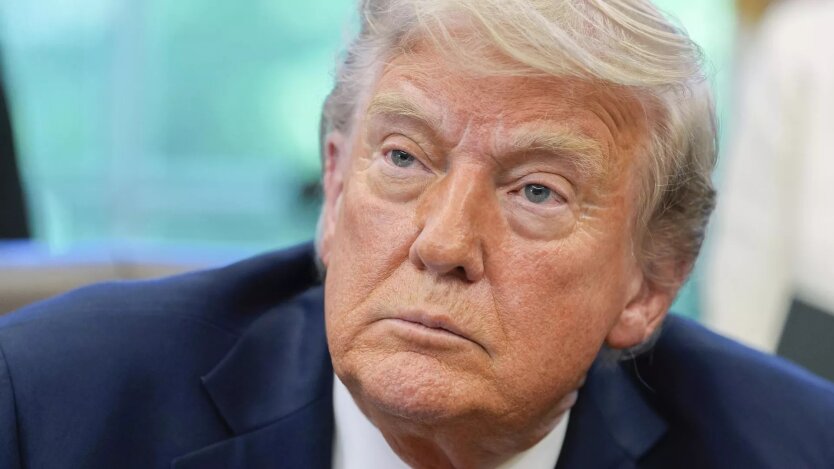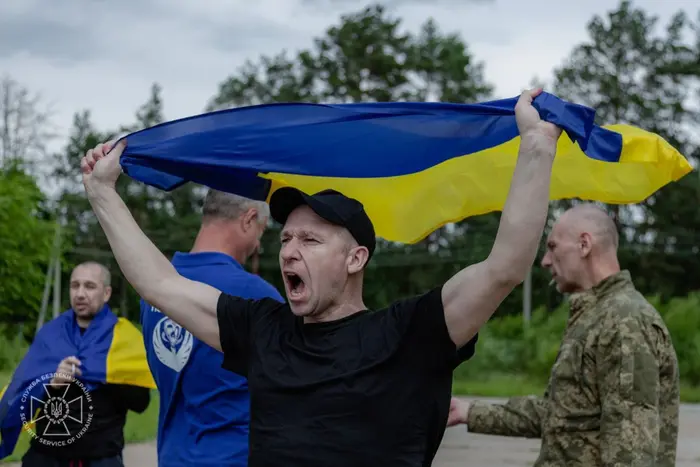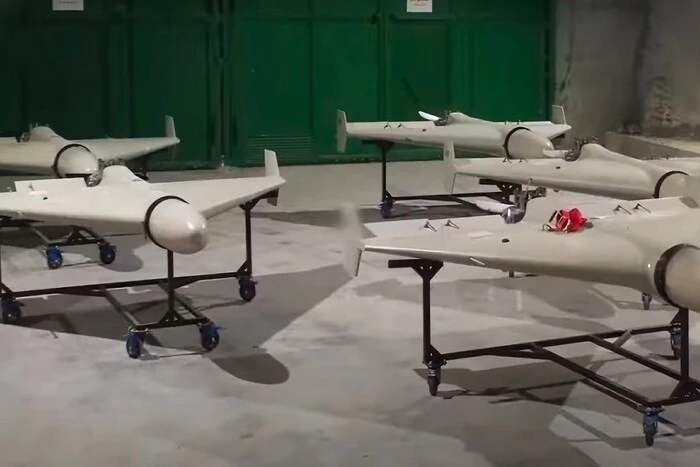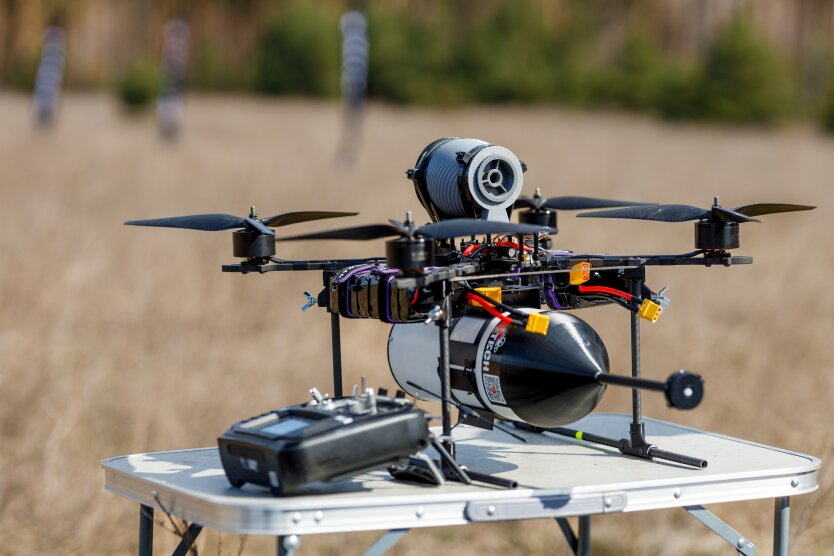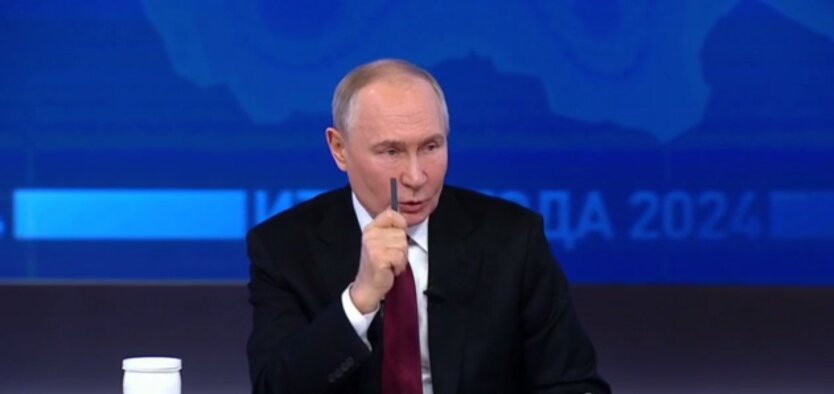Painful Compromises: NYT Analyzes Scenarios for Ending the War in Ukraine.

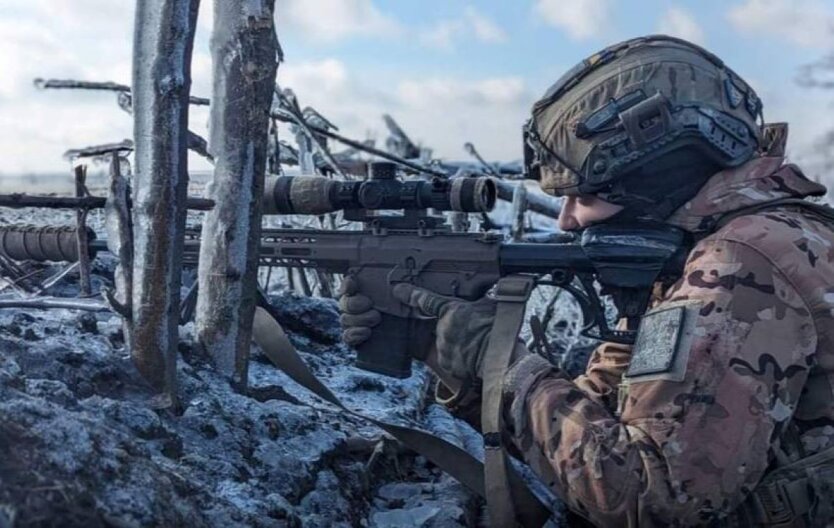
The American newspaper The New York Times has published an analysis of possible ways to end the war in Ukraine. According to the publication, Ukraine has limited options to change the situation on the battlefield, while Russia may have incentives for negotiations. At the same Time, the rupture of Ukrainian-Russian relations may be softened based on compromise agreements that would satisfy both sides of the conflict.
Russia and Ukraine made some progress in negotiations when they last held direct dialogue in the spring of 2022. And some experts believe that a possible agreement that would satisfy Putin could maintain some form of sovereignty and security for Ukraine. - notes NYT.
The publication highlights several key aspects of possible negotiations:
Territorial Issues
As a potential compromise, the newspaper considers the 'freezing' of hostilities. In this scenario, Russia retains control over the territories captured by this time but does not continue to advance. Ukraine and the West ambiguously recognize the Russian annexation, while the question of territorial disputes is deferred for further resolution.
NATO and EU Membership Issues
The newspaper emphasizes the differences in positions between Ukraine and Russia. Ukraine seeks to join NATO for its defense, but Russia sees this as a threat to its own security. A possible compromise could be a pathway to EU membership without joining NATO.
Security Guarantees
President Zelensky proposes the deployment of 200,000 foreign troops in Ukraine to ensure reconciliation. However, analysts express doubts about the West's ability to provide such significant forces. A small international mission of 7,500 personnel is proposed, consisting of countries acceptable to both sides.
The durability of any peace may depend on the specific mechanisms for ceasefire. - quotes the publication Thomas Grebinger, a former Swiss diplomat.
According to Grebinger, key issues are agreeing on the 'line of demarcation', creating a buffer zone, and mechanisms to control violations of the ceasefire regime.
Read also
- Trump left the G7 summit due to Zelensky and Macron: FT learned the details
- The SBU presented exclusive photos and videos of the prisoner exchange
- North Korea to send 25 thousand workers to Russia: what does it want in return
- The Ministry of Internal Affairs explained how they identify Russian soldiers among the transferred bodies of the deceased
- Ukrainian developers submitted 42 projects for the NATO competition against FPV drones on fiber optics
- Putin outlined conditions for a meeting with Zelensky: what nuances the dictator spoke about

